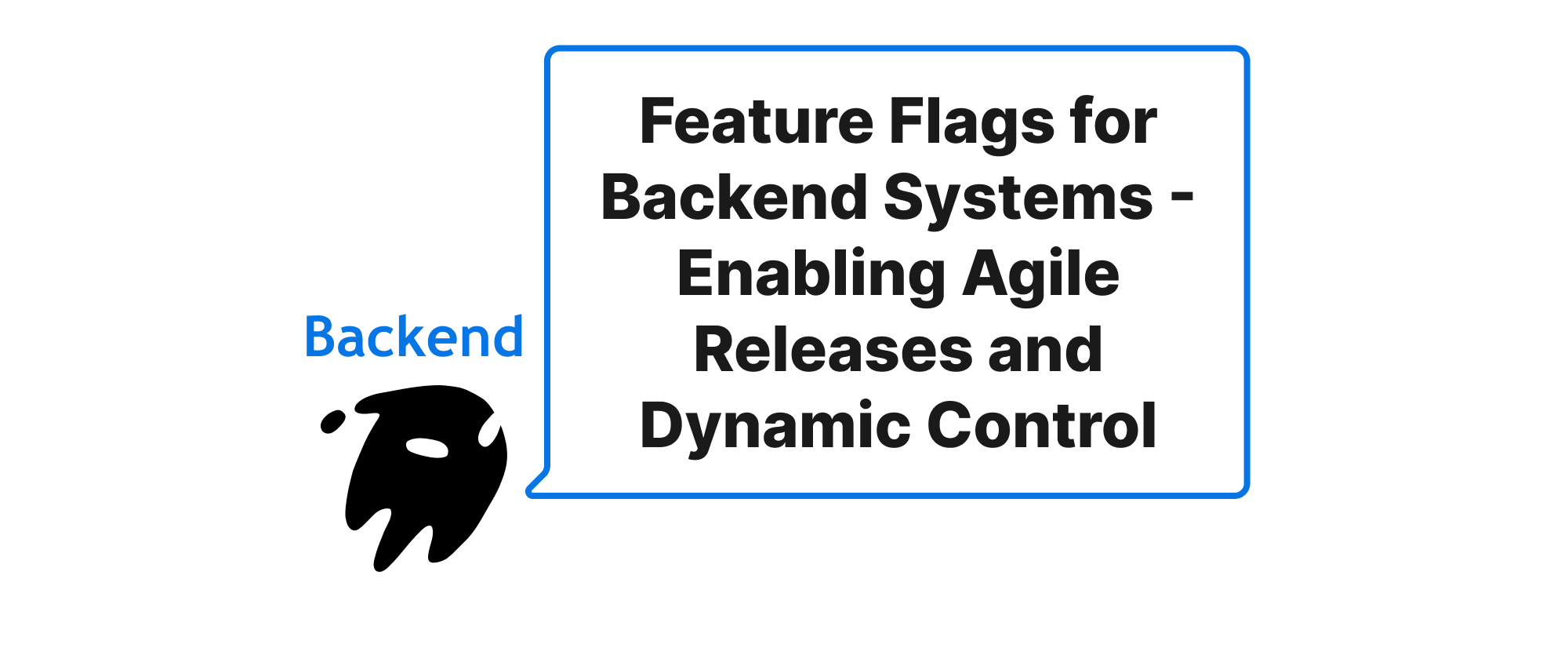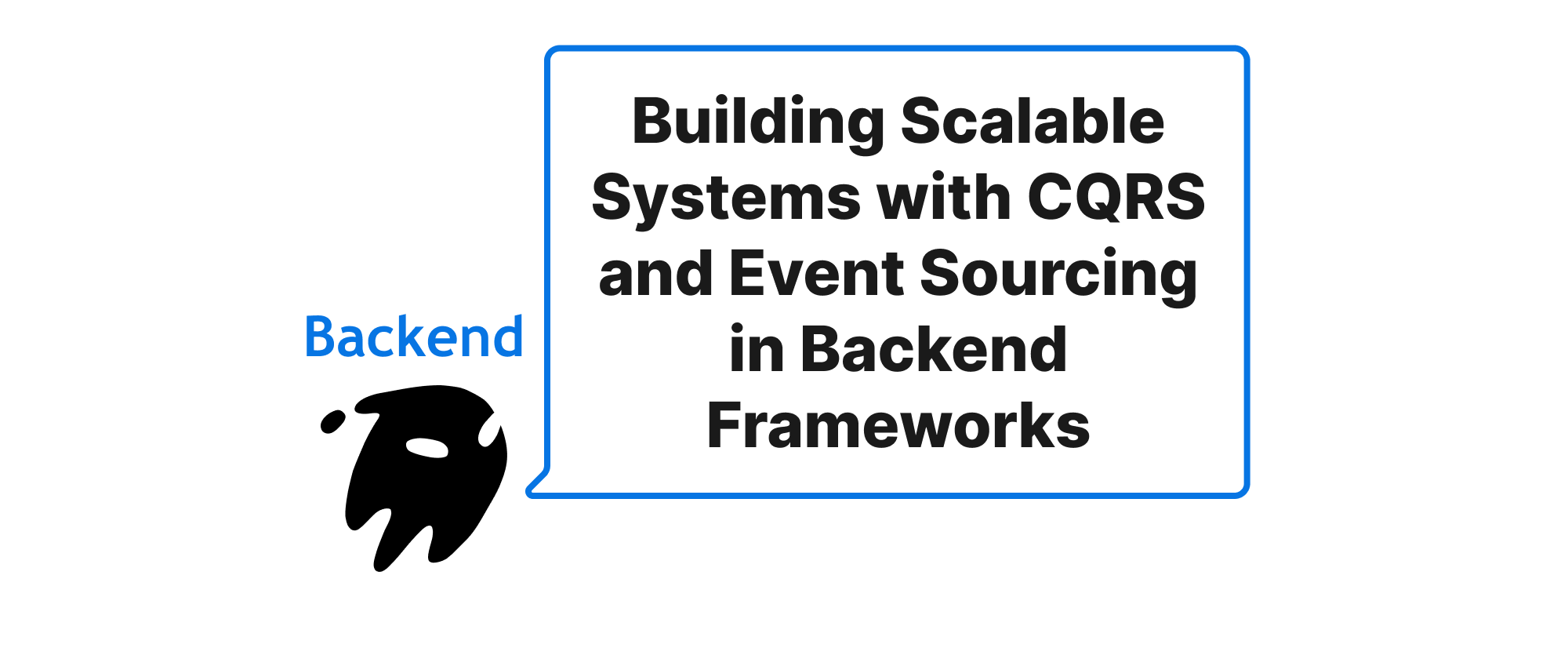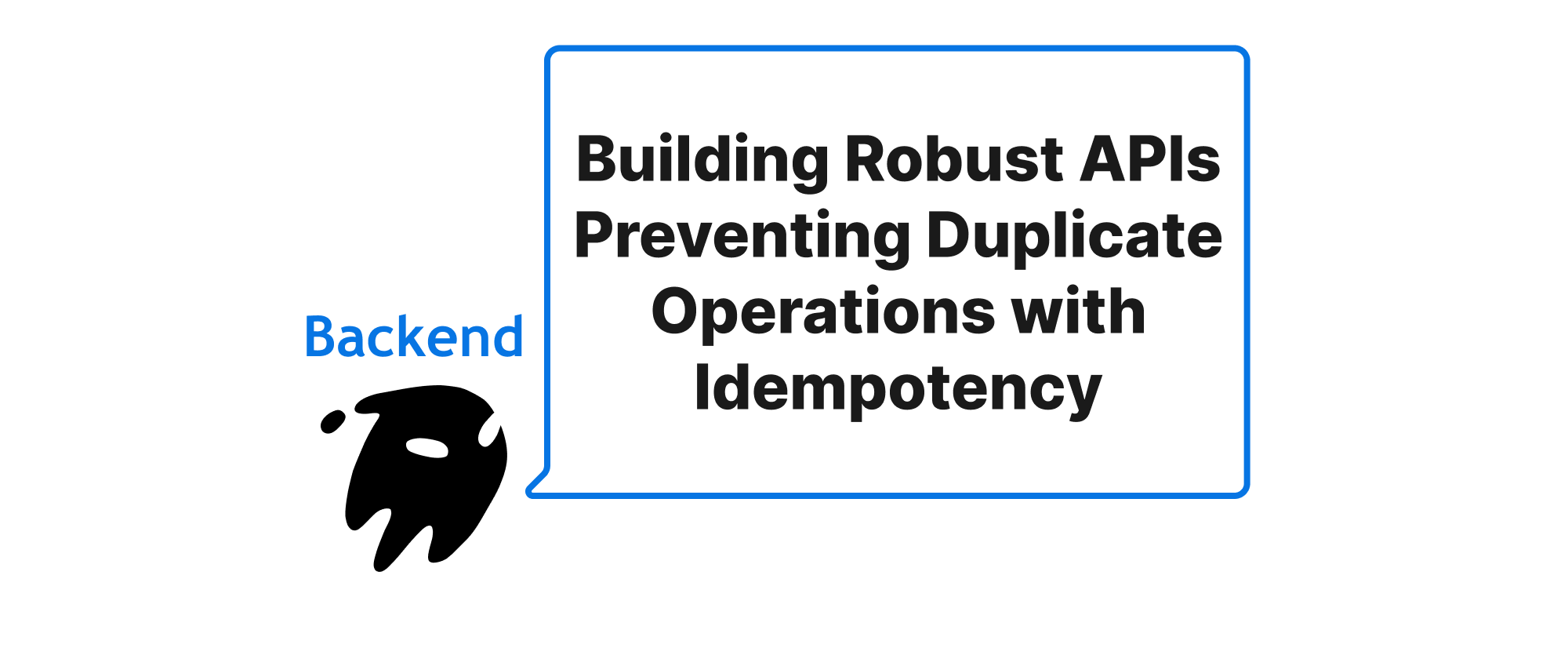Feature Flags for Backend Systems - Enabling Agile Releases and Dynamic Control
James Reed
Infrastructure Engineer · Leapcell

Introduction
In the fast-evolving landscape of software development, the ability to release new features quickly and safely, without disrupting existing services, is paramount. Traditional deployment strategies often involve monolithic releases, where a single deployment can introduce a multitude of changes, increasing the risk of bugs and service outages. This challenge is particularly acute in backend systems, which form the backbone of modern applications and demand high availability and reliability. This article explores the integration of feature flag systems into backend frameworks as a powerful solution to this dilemma, enabling fine-grained control over functionality, facilitating a smooth gray release process, and ultimately fostering a more agile and resilient development cycle. By decoupling feature deployment from code deployment, feature flags unlock a new level of operational flexibility and risk management.
Understanding and Implementing Feature Flags
To fully grasp the benefits and intricacies of integrating feature flags, it's essential to first define some core concepts:
- Feature Flag (or Toggle): A mechanism that allows developers to turn specific functionalities on or off at runtime, without deploying new code. Think of it as a switch that controls whether a particular feature is exposed to users.
- Gray Release (or Canary Release): A deployment strategy where a new version of an application or a new feature is gradually rolled out to a small subset of users before being made available to the entire user base. This minimizes the impact of potential issues.
- Dynamic Configuration: The ability to alter application behavior or parameters without redeploying the application. Feature flags are a prime example of dynamic configuration.
The core principle behind feature flags is to introduce conditional logic into your codebase that depends on the state of a "flag." This flag's state (on/off, or even more complex values) is external to the application's deployed code and can be modified during runtime.
Architectural Considerations and Implementation
Integrating a feature flag system typically involves a few key components:
- Feature Flag Management System (or Provider): This is where you define, manage, and store the state of your feature flags. It can be a dedicated third-party service (e.g., LaunchDarkly, Optimizely Rollouts) or an internal system built on top of a database or key-value store (e.g., Redis, Consul).
- SDK/Client Library: Your backend application interacts with the management system through an SDK or client library. This library is responsible for fetching the current state of feature flags.
- Conditional Logic in Code: This is where you actually use the retrieved flag states to control application behavior.
Let's illustrate with a simplified Python example, assuming we're working with a Flask backend and an imagined feature_flag_service module that fetches flag states.
# feature_flag_service.py (simplified integration) import os _FLAG_CONFIG = { "new_recommendation_algorithm": "off", # Default state "promo_banner_v2": "off", "beta_user_dashboard": "off" } def load_flags_from_external_source(): # In a real-world scenario, this would fetch from a database, # a remote configuration service, or a dedicated feature flag provider. # For demonstration, we'll use environment variables or a mock API. global _FLAG_CONFIG # Simulate fetching from a configuration service _FLAG_CONFIG["new_recommendation_algorithm"] = os.getenv("FLAG_NEW_RECOMMENDER", "off") _FLAG_CONFIG["promo_banner_v2"] = os.getenv("FLAG_PROMO_BANNER_V2", "off") _FLAG_CONFIG["beta_user_dashboard"] = os.getenv("FLAG_BETA_DASHBOARD", "off") def is_feature_enabled(feature_name: str, user_context: dict = None) -> bool: load_flags_from_external_source() # Refresh flags (can be optimized with caching) flag_state = _FLAG_CONFIG.get(feature_name, "off") # Default to off if not found # More advanced logic: # Based on user_context (e.g., user ID, region, subscription level) # Different users might see different flag states for the same feature. # For gray release, user_context would be crucial. if user_context and feature_name == "new_recommendation_algorithm": if flag_state == "on_for_beta_users" and user_context.get("is_beta_tester"): return True elif flag_state == "on_for_5_percent": # Simulate a percentage rollout import hashlib user_id = user_context.get("user_id", "") if user_id: # Simple hash-based percentage check if int(hashlib.sha1(str(user_id).encode()).hexdigest(), 16) % 100 < 5: return True elif flag_state == "on": return True return False return flag_state == "on" # app.py (Flask application) from flask import Flask, jsonify, request from feature_flag_service import is_feature_enabled app = Flask(__name__) @app.route('/products') def get_products(): user_id = request.args.get('user_id', 'anonymous') user_context = {"user_id": user_id, "is_beta_tester": user_id == "beta_user_123"} products = [ {"id": 1, "name": "Basic Product A", "price": 10.00}, {"id": 2, "name": "Standard Product B", "price": 20.00} ] # Use feature flag for new recommendation algorithm if is_feature_enabled("new_recommendation_algorithm", user_context): # Placeholder for more sophisticated recommendations products.append({"id": 3, "name": "AI Recommended Product C", "price": 25.00}) return jsonify({"message": "Using new recommendation algorithm!", "products": products}) else: return jsonify({"message": "Using old recommendation algorithm.", "products": products}) @app.route('/dashboard') def user_dashboard(): user_id = request.args.get('user_id', 'anonymous') user_context = {"user_id": user_id, "is_beta_tester": user_id == "beta_user_123"} if is_feature_enabled("beta_user_dashboard", user_context): return jsonify({"dashboard_version": "beta", "content": "Welcome to your new beta dashboard!"}) else: return jsonify({"dashboard_version": "stable", "content": "Welcome to your stable dashboard."}) if __name__ == '__main__': # To test: # Set environment variables: FLAG_NEW_RECOMMENDER=on_for_5_percent # or export FLAG_NEW_RECOMMENDER=on # Or to test beta user: request /products?user_id=beta_user_123 # FLAG_NEW_RECOMMENDER=on flask run app.run(debug=True)
In this example, the is_feature_enabled function acts as the gateway to new functionalities. The user_context allows for sophisticated targeting, which is critical for gray releases. By modifying the FLAG_NEW_RECOMMENDER environment variable (or more realistically, a value in your feature flag management system), you can activate or deactivate the new recommendation algorithm without redeploying the Flask application.
Application Scenarios
- A/B Testing: Simultaneously run multiple versions of a feature to different user segments to gather data on performance and user engagement.
- Gradual Rollouts (Gray Releases): Deploy a new feature to a small percentage of users, monitor its performance and stability, and then gradually expand its availability. This minimizes risk and allows for quick rollbacks.
- Kill Switches: Instantly disable a buggy or problematic feature in production without requiring a new deployment.
- Dark Launching: Deploy a feature without exposing it to any users, allowing for performance testing and integration validation in a production environment before activation.
- Subscription-Based Features: Control access to premium features based on a user's subscription level.
The power of feature flags lies in enabling a continuous deployment pipeline while maintaining strong control over what functionalities are exposed to whom, and when.
Conclusion
Integrating a robust feature flag system into backend frameworks is a transformative practice that empowers development teams to achieve unprecedented agility and control. By decoupling development from deployment, feature flags facilitate safe gray releases, dynamic functionality control, and highly targeted A/B testing, ultimately leading to faster innovation and a more resilient, user-centric product. This approach is essential for any modern software team aiming to deliver value continuously and confidently.


